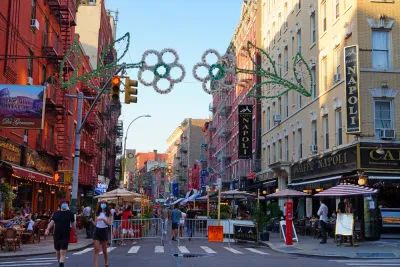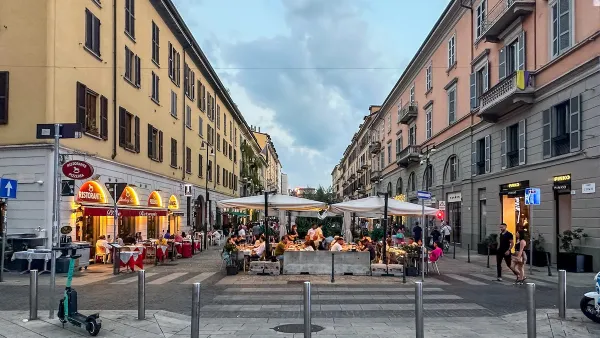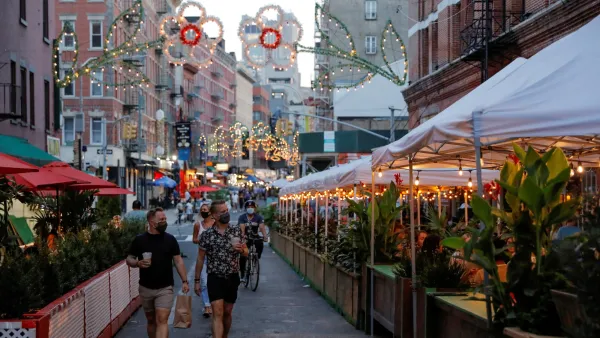The coronavirus has upended urban life, but it also provides an opportunity to look to new and innovative redesign of cities in the future.

"There is a huge, looming, unanswerable question that overshadows our cities, like an elephant squatting in the central square. Will a Covid-19 vaccine or herd immunity return us to 'normal', or will we need to redesign our cities to accommodate a world in which close proximity to other people can kill you?" ask Chris Michael, Lydia McMullan, and Frank Hulley-Jones.
They consider proposals from four architecture firms about how cities might be redesigned in a post-coronavirus world. The ideas include bike superhighways, garden streets, digitally enabled high streets, and multipurpose neighborhoods. Each strategy has its pros and cons, and some ideas are not necessarily new ones.
For example, bike superhighways and garden streets could bring more green and outdoor space to communities, but their feasibility varies and implementation could be challenging. Smart cities and multipurpose neighborhoods offer more efficient use of urban space, but questions remain about issues such as equity, privacy, and the ability to create diverse urban landscapes, say Michael, McMullan, and Hulley-Jones.
FULL STORY: From garden streets to bike highways: four ideas for post-Covid cities – visualised

National Parks Layoffs Will Cause Communities to Lose Billions
Thousands of essential park workers were laid off this week, just before the busy spring break season.

Retro-silient?: America’s First “Eco-burb,” The Woodlands Turns 50
A master-planned community north of Houston offers lessons on green infrastructure and resilient design, but falls short of its founder’s lofty affordability and walkability goals.

Delivering for America Plan Will Downgrade Mail Service in at Least 49.5 Percent of Zip Codes
Republican and Democrat lawmakers criticize the plan for its disproportionate negative impact on rural communities.

Test News Post 1
This is a summary

Test News Headline 46
Test for the image on the front page.

Balancing Bombs and Butterflies: How the National Guard Protects a Rare Species
The National Guard at Fort Indiantown Gap uses GIS technology and land management strategies to balance military training with conservation efforts, ensuring the survival of the rare eastern regal fritillary butterfly.
Urban Design for Planners 1: Software Tools
This six-course series explores essential urban design concepts using open source software and equips planners with the tools they need to participate fully in the urban design process.
Planning for Universal Design
Learn the tools for implementing Universal Design in planning regulations.
EMC Planning Group, Inc.
Planetizen
Planetizen
Mpact (formerly Rail~Volution)
Great Falls Development Authority, Inc.
HUDs Office of Policy Development and Research
NYU Wagner Graduate School of Public Service





























